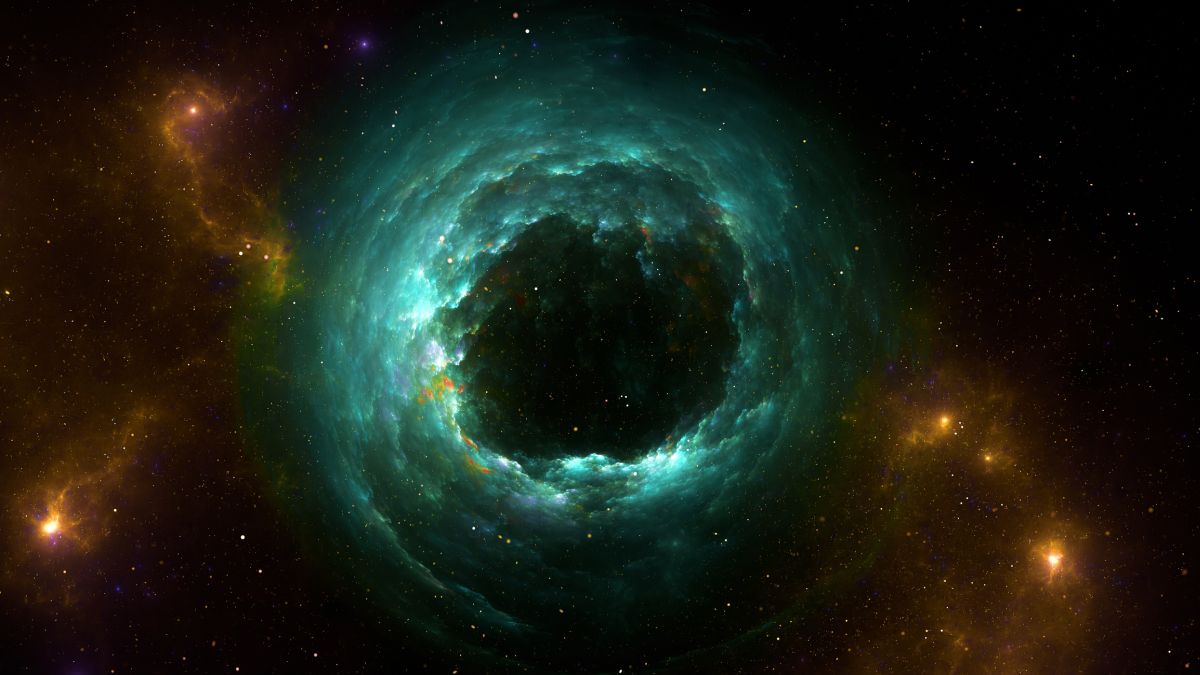Lava planets, some no larger than Earth, challenge everything we know about planetary science. These extreme worlds orbit so close to their stars that a single year lasts less than a day. Their surfaces reach temperatures hot enough to melt or even vaporize rock, creating conditions that are completely alien compared to Earth, Mars, or Venus. Yet it is precisely these harsh environments that make them ideal for studying how rocky planets evolve over billions of years.
A New Framework For Decoding Molten Worlds
A groundbreaking study published in Nature Astronomy by Charles-Édouard Boukaré, a physics professor at York University, has introduced a powerful new approach for understanding these planets. By combining geophysics, atmospheric science, and mineral chemistry, Boukaré’s team explored how molten rock, vapor, and solid crust interact across immense timescales.
“Lava planets are in such extreme orbital configurations that our knowledge of rocky planets in the solar system does not directly apply,” Boukaré explains. Using advanced numerical simulations, the researchers identified two extreme interior states. Younger lava planets remain fully molten, with heat circulating efficiently and their atmospheres reflecting the planet’s overall composition.
Chemical Distillation And Planetary Evolution
At the heart of this research lies the concept of chemical distillation. When rock melts or vaporizes, elements separate based on their physical properties. Heavier elements such as magnesium and silicon tend to remain in liquid or solid phases, while lighter ones like sodium and potassium migrate into vapor. Over time, this continuous cycle of melting, vaporizing, and solidifying profoundly reshapes the planet’s outer layers.
“These processes, though greatly amplified in lava planets, are fundamentally the same as those that shape rocky planets in our own solar system,” Boukaré emphasizes. On Earth, similar mechanisms have left chemical imprints in ancient lava flows and planetary crusts, but on lava planets, these processes are ongoing and dramatically accelerated by their extreme heat and atmospheric loss.
The study also reveals that magma oceans on lava planets do not freeze quickly like those on young planets in our solar system. Instead, they persist for billions of years, creating long-term chemical separation between vapor, liquid, and solid phases.


James Webb Space Telescope Set To Test Bold Predictions
To validate their models, the research team has secured 100 hours of observation time with the James Webb Space Telescope (JWST). Its advanced infrared sensors will allow scientists to study the atmospheres of these planets in extraordinary detail, detecting whether elements such as sodium and potassium are present. Their detection—or absence—could reveal whether a lava planet is still molten or has transitioned into a more stable, solidified state.
“If we can observe and distinguish old lava planets from young ones,” Boukaré says, “it would mark an important step toward moving beyond the traditional snapshot view of exoplanets.” Lead observations will be conducted by Prof. Lisa Dang of the University of Waterloo, whose team aims to connect atmospheric data directly to the internal dynamics of these exotic worlds.
These insights could revolutionize our understanding not only of lava planets but of rocky planet evolution in general, including the processes that shaped early Earth and other potentially habitable worlds.
Winds, Magma Oceans, and a Planet’s Chemical Fingerprint
The tidal locking of lava planets creates another fascinating phenomenon: a sharp contrast between their scorching daysides and frozen nightsides. Powerful winds generated by this temperature difference sweep vapor and heat around the planet, redistributing materials between hemispheres.
Earlier models examined these winds but largely ignored how molten rock interacts with the solid mantle beneath. The new study addresses this gap by using three-dimensional simulations to track how rock-forming elements like magnesium, silicon, and iron behave in different states.
Source link

